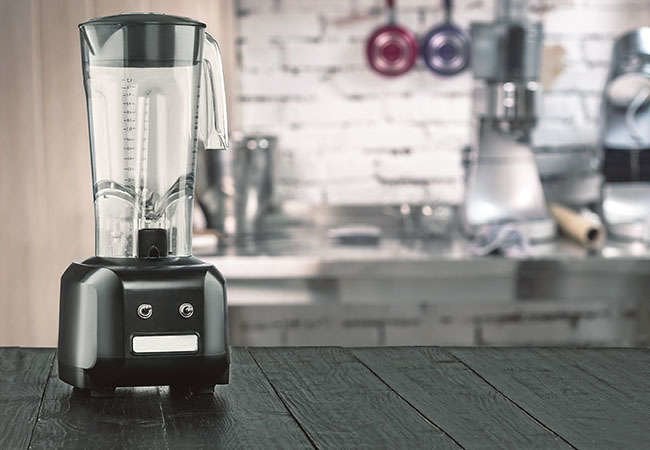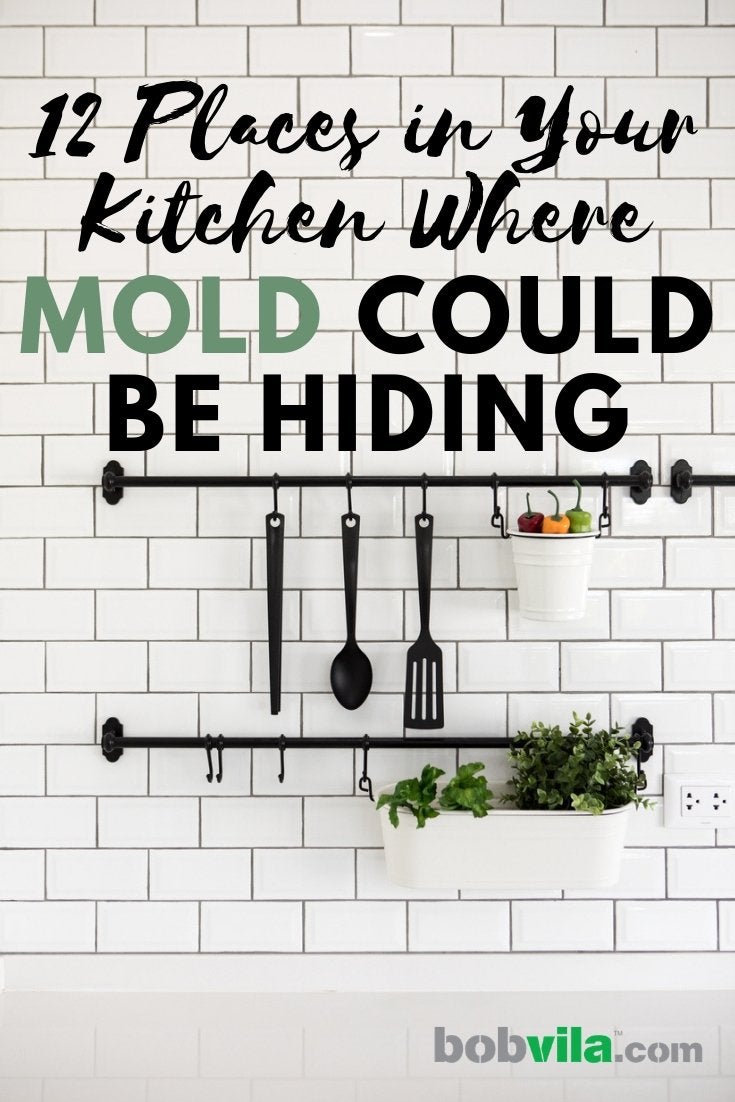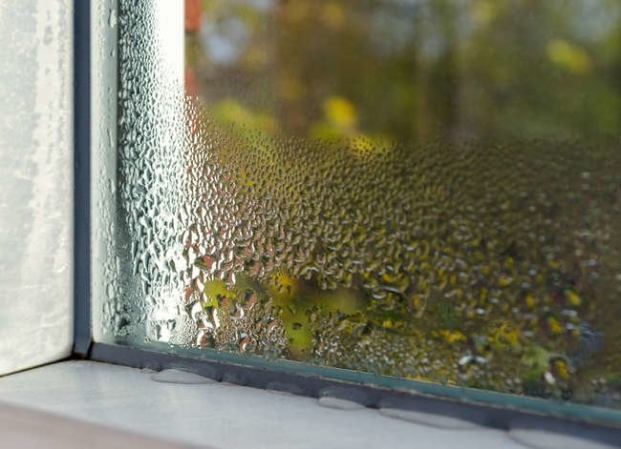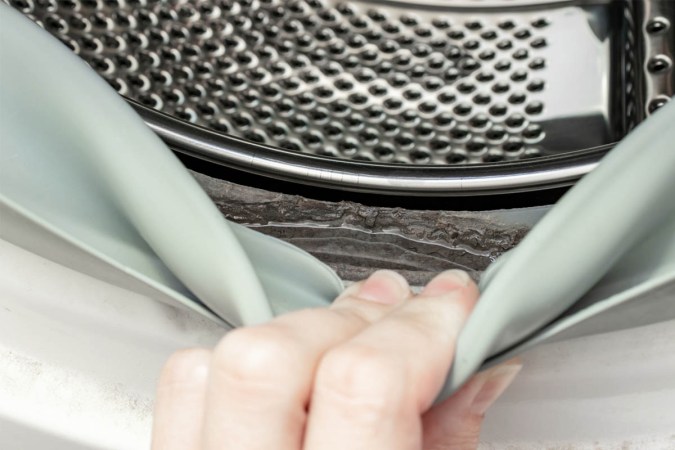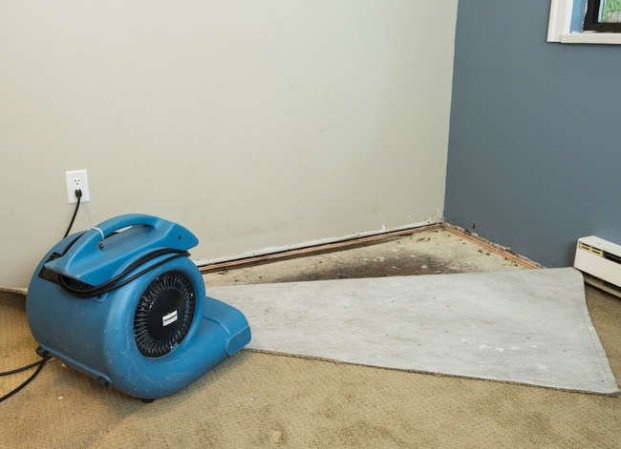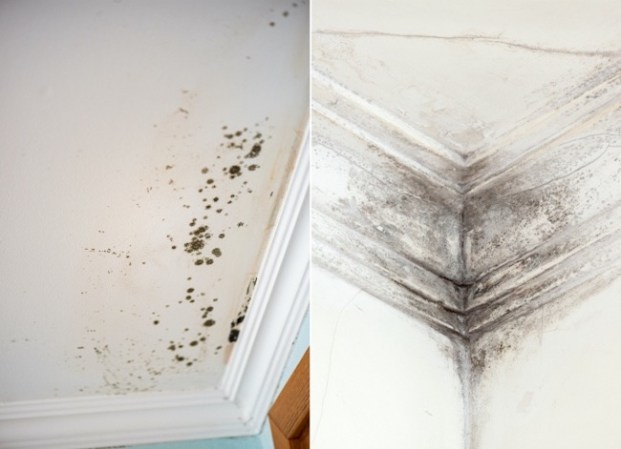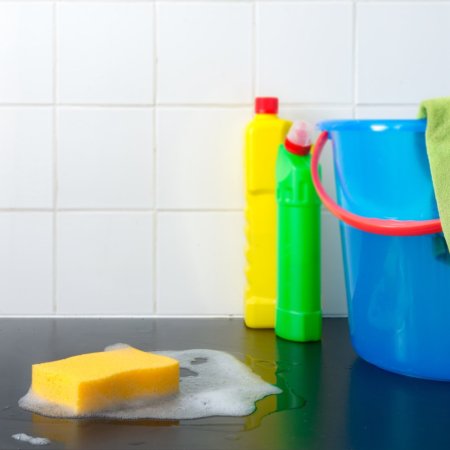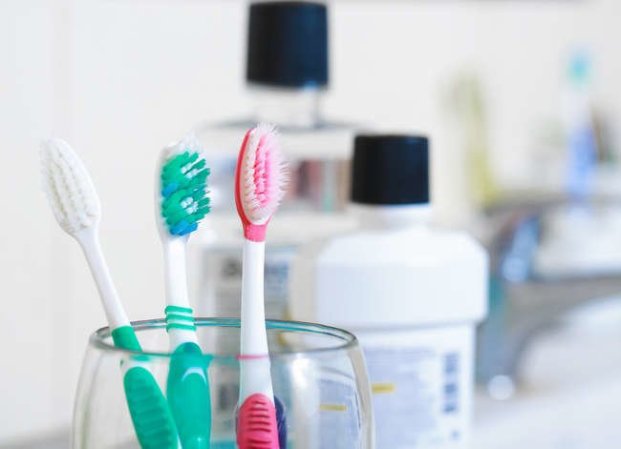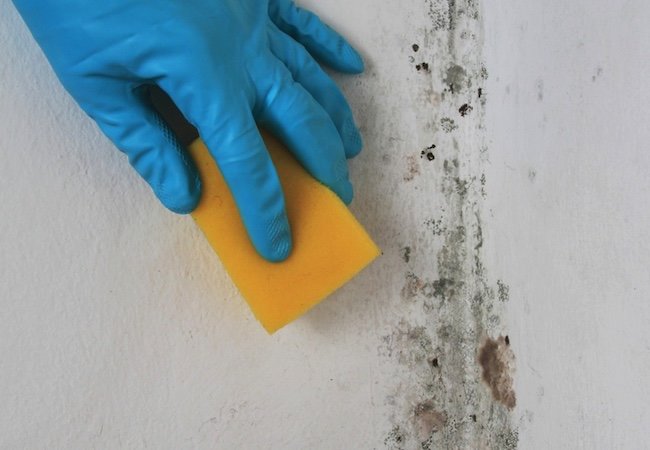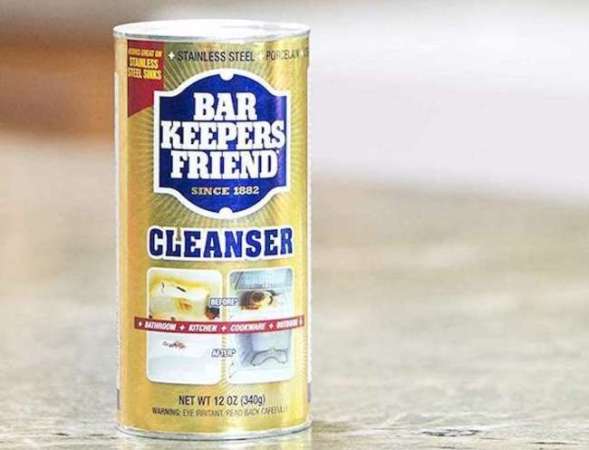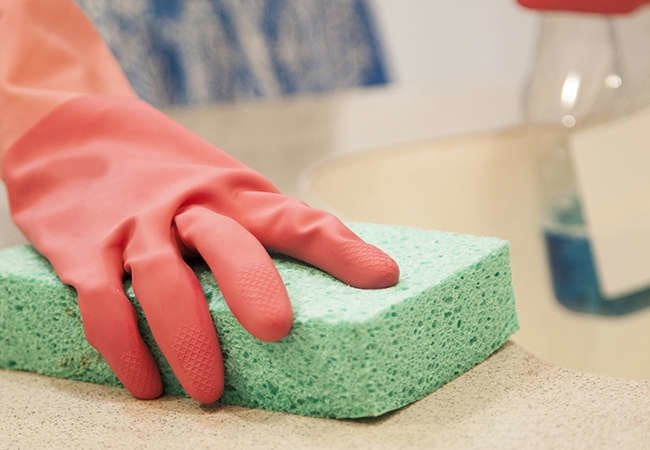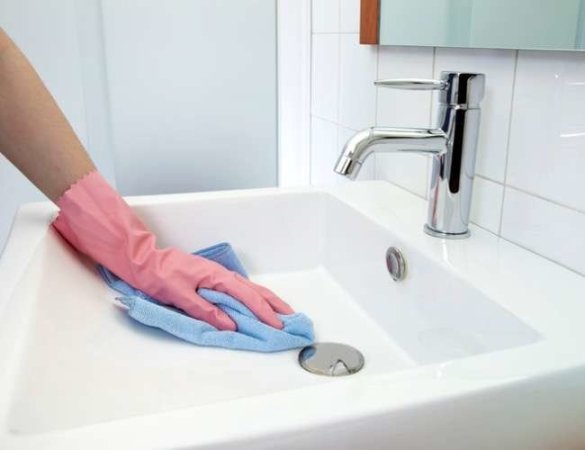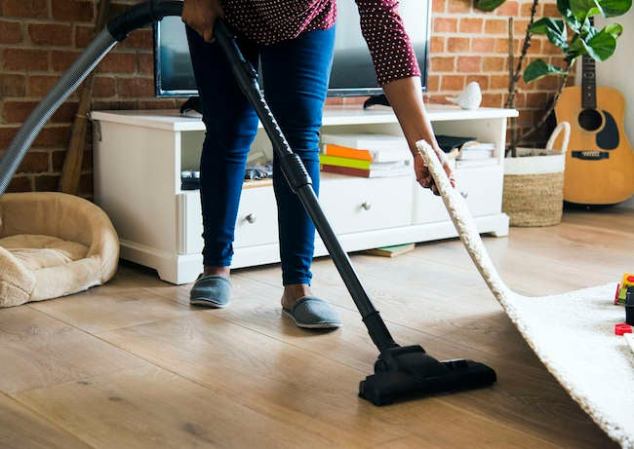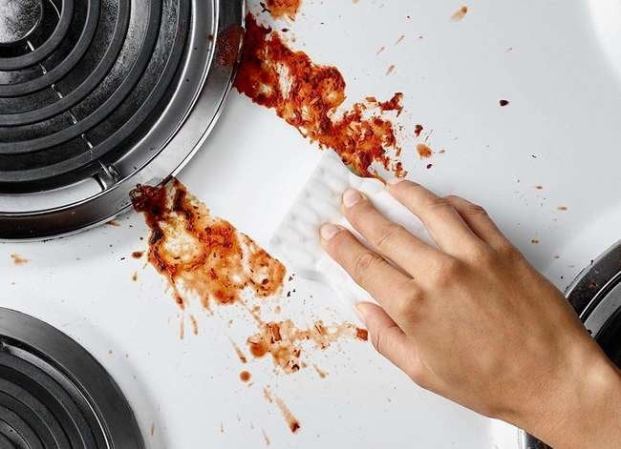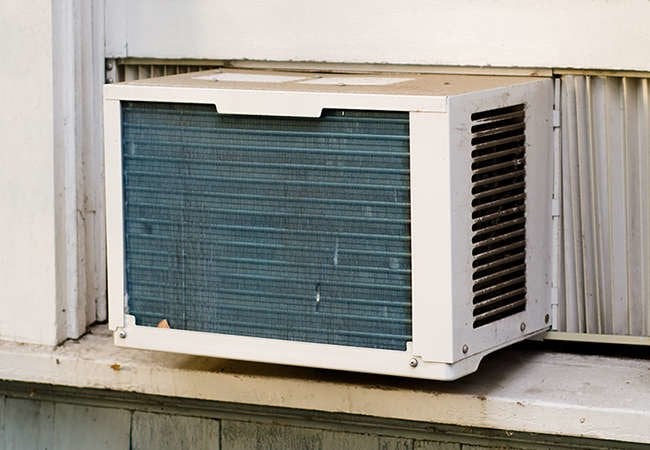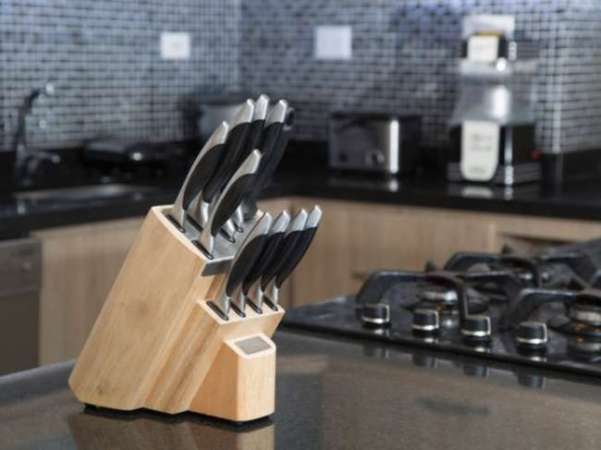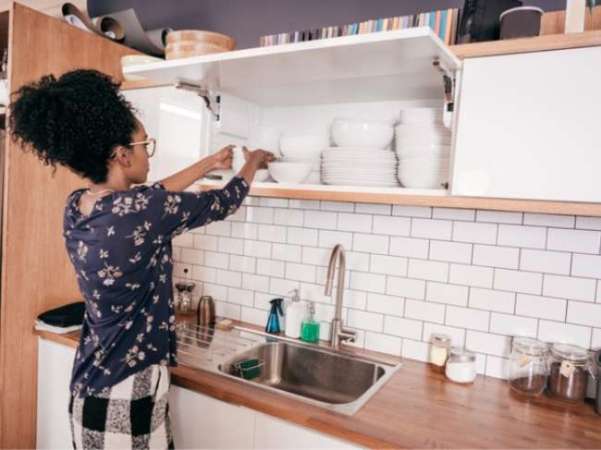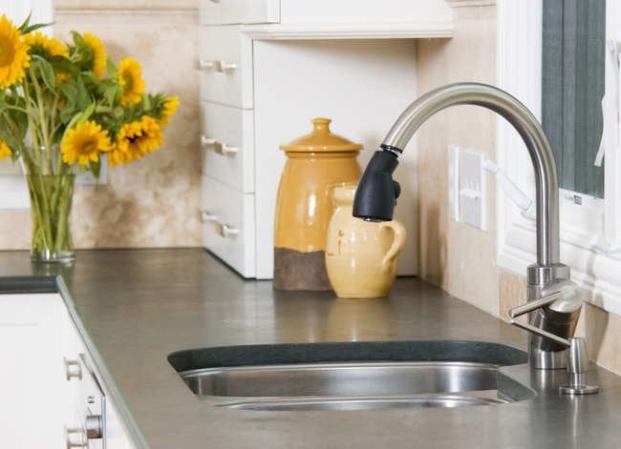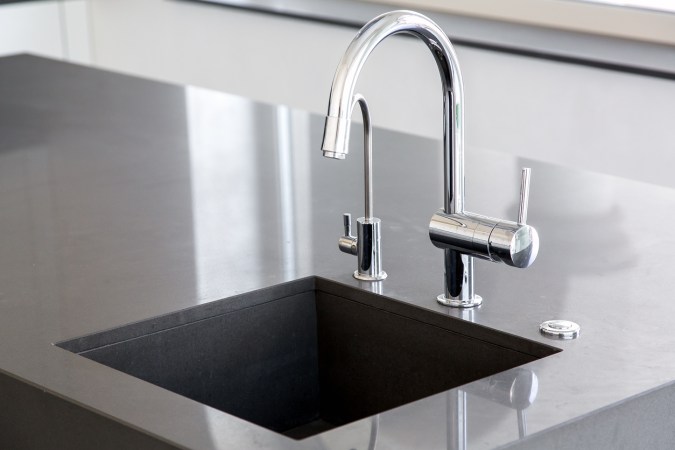We may earn revenue from the products available on this page and participate in affiliate programs. Learn More ›
Your Kitchen Sponge
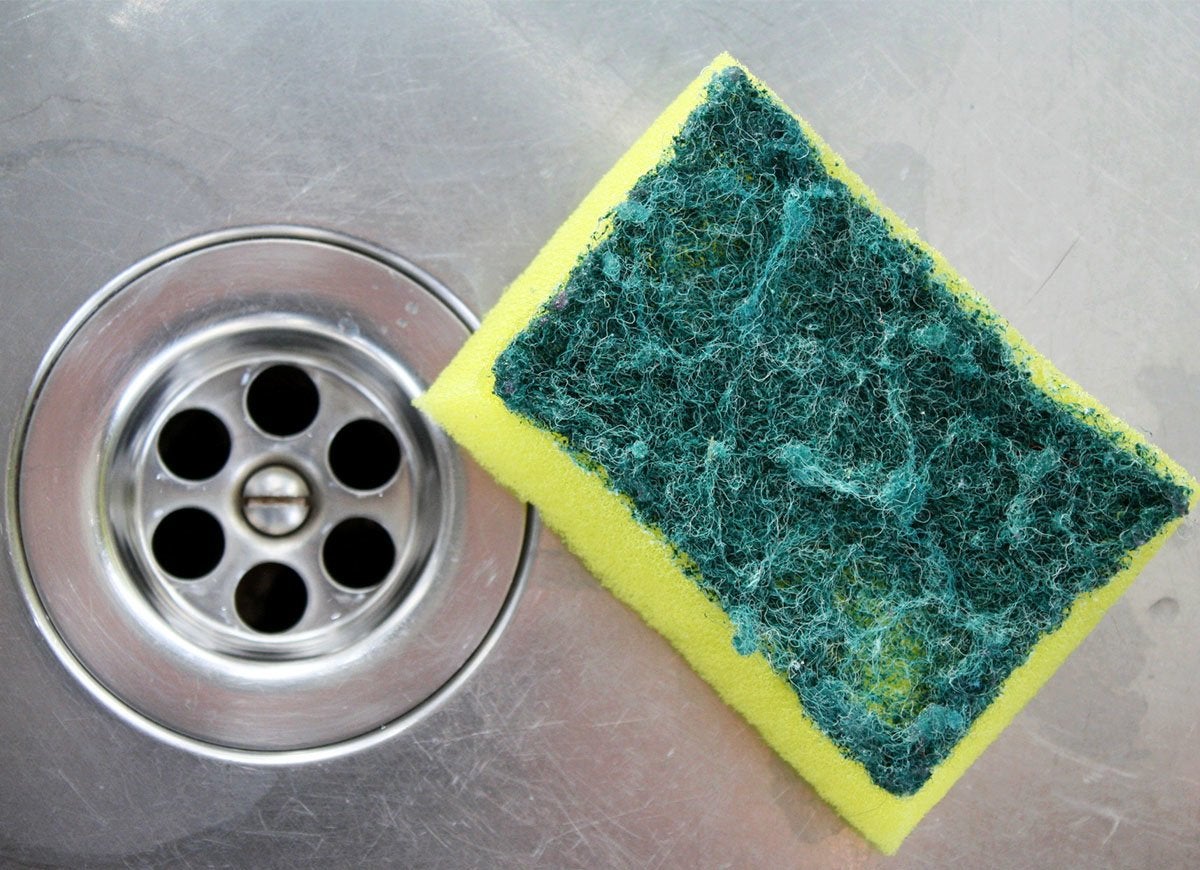
You may want to think twice before you grab the kitchen sponge to wipe down your countertops. The typical kitchen sponge has, on average, about 45 billion bacteria per square centimeter and is the perfect medium for mold growth. To avoid spreading mold around your kitchen, throw your sponge into the dishwasher on a heated dry cycle—ideally every time you run the appliance—and replace the sponge every two weeks.
The Dishwasher
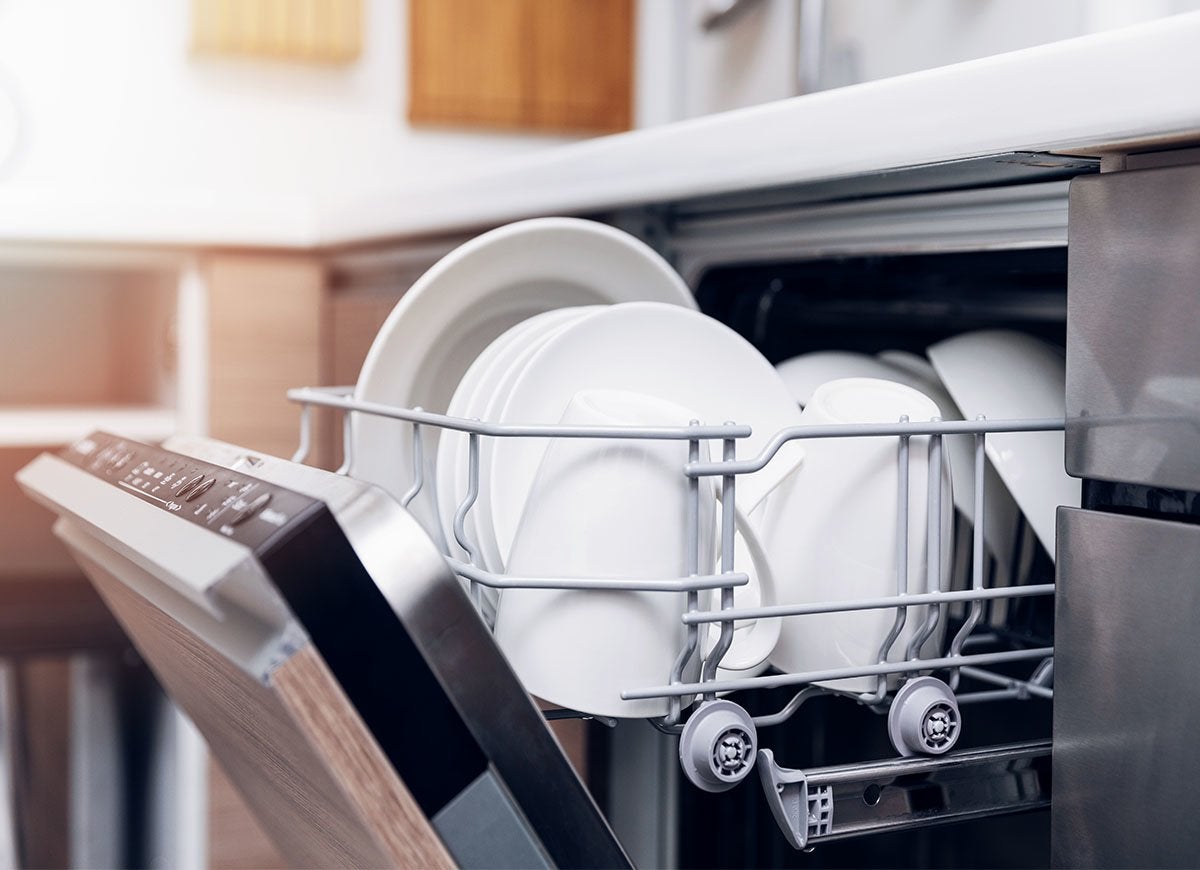
The dishwasher is supposed to clean and sanitize all your dirty dishes, but because it does this by spraying water behind a door that is almost always closed, the appliance can be susceptible to mold. Keeping mold at bay is simple enough—just keep the door propped open after a cycle has finished running until the interior has completely dried out.
Related: Over a Dozen Things You Didn’t Know You Could Clean in the Dishwasher
The Blender
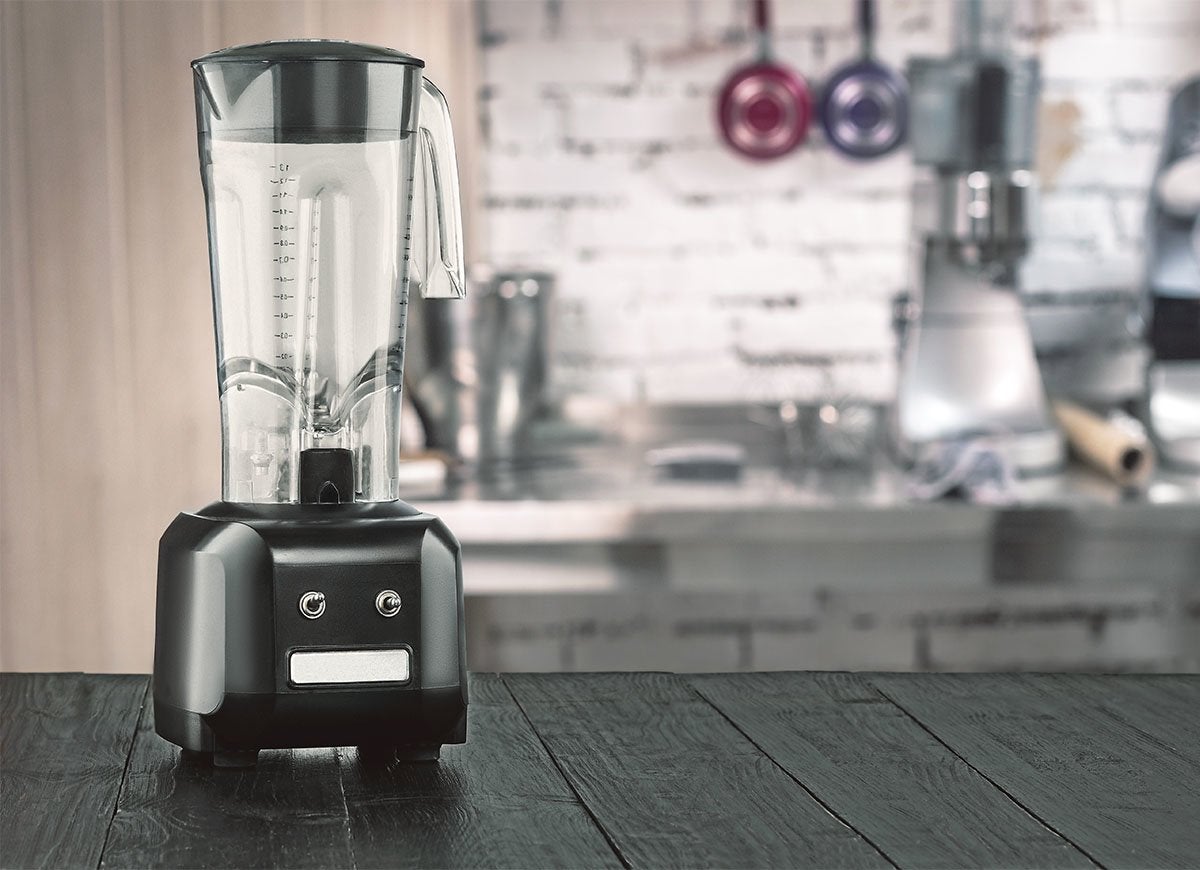
Any appliance that handles liquids and has a tight-fitting lid is ripe for mold growth. To make sure you’re not serving mold-infused smoothies, clean the blender every time you use it, and allow it to dry completely before you put it back together and store it away.
The Microwave
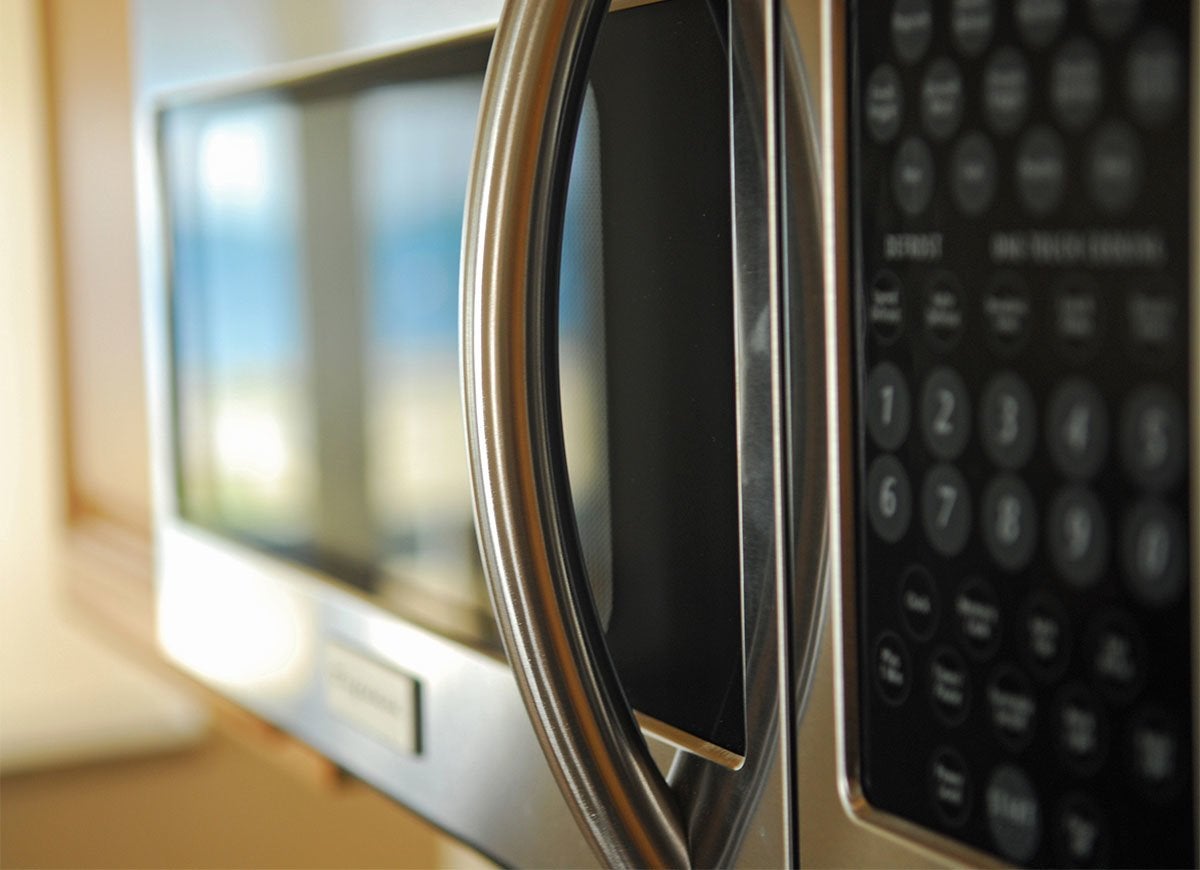
You may think that the heat in your microwave could kill any mold or germs that find their way in, but microwaves are prime for mold growth—especially when you forget to clean up spills. Fortunately, clearing mold out of a microwave is a breeze: Fill a glass with vinegar, put it in the microwave, run the appliance for a minute or so, and let the vapors do their job. Dry it thoroughly, and going forward always make sure the inside of the microwave is clean and dry after use.
Rubber Spatulas
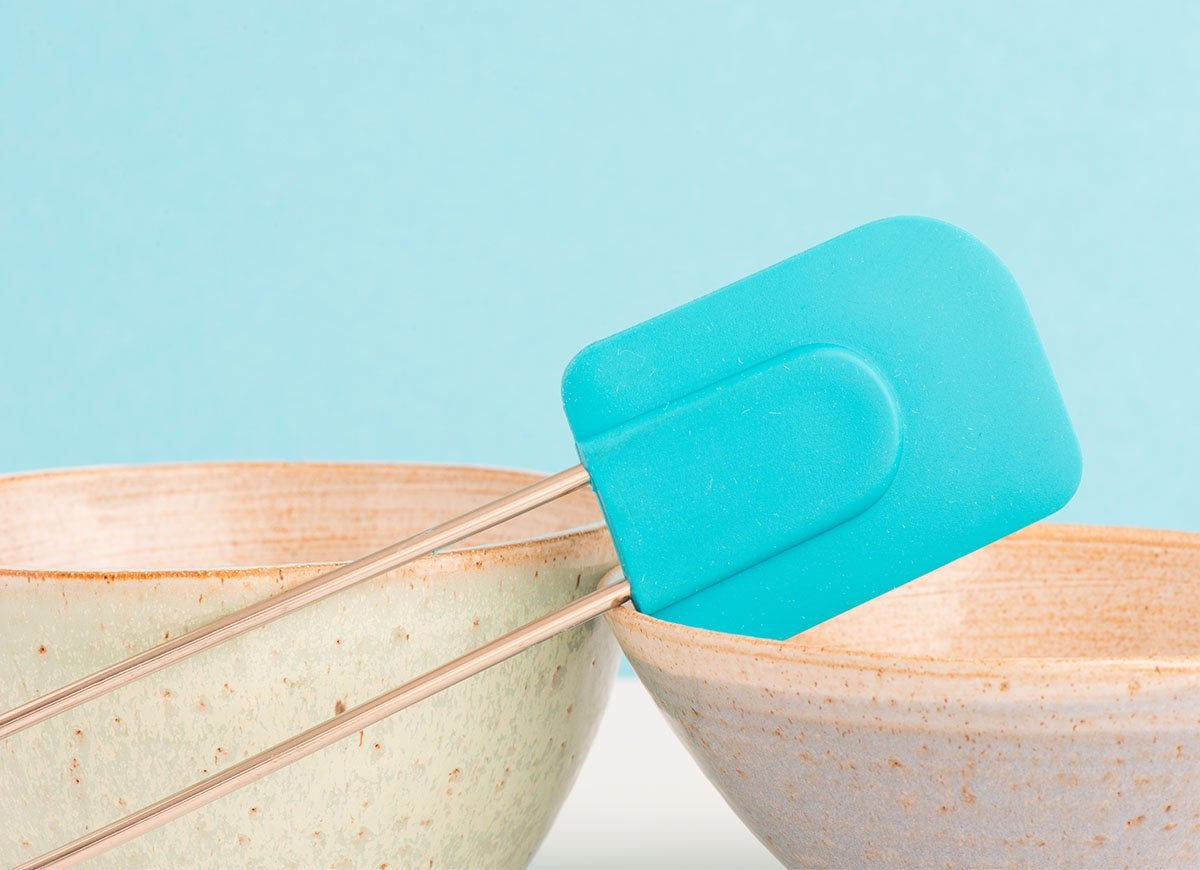
Rubber spatulas are great tools for prepping in the kitchen, but they’re also great hosts to yeast and mold if they’re not properly washed and dried. Always scrub off any food residue in hot, soapy water, and make sue the spatula is dry before you put it away. If it’s dishwasher-safe, run it through a cycle and allow it to completely dry before using again. Finally, if the handle separates from the rubber head, clean both pieces thoroughly and make sure they’re dry before you put them back together.
Ice and Water Dispensers
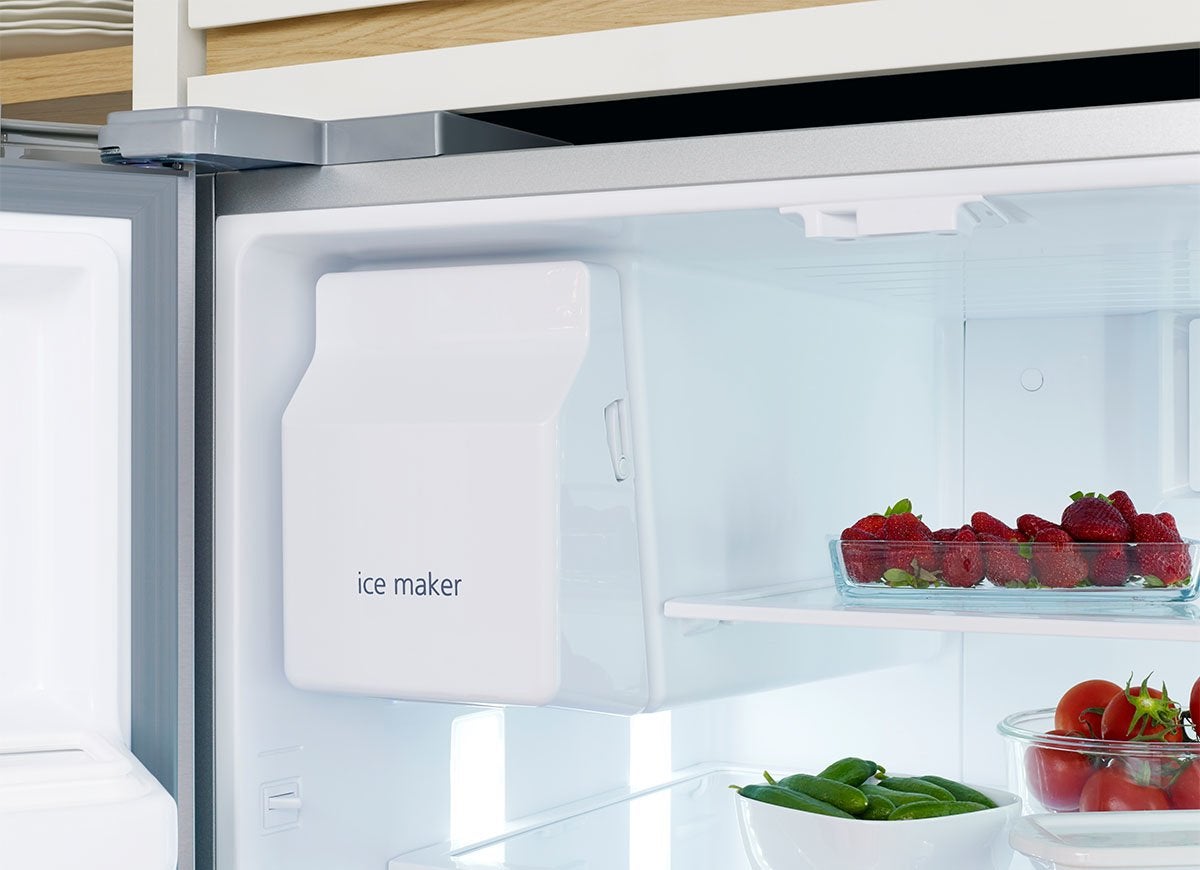
That cold, tall glass of iced water you just filled at the fridge may have come with an unexpected side of mold. Ice dispensers, water dispensers, and ice dispenser drawers contain a lot of moisture, which means they’re ideal for growing mold. Unfortunately, cleaning these parts can be a little tricky. Once a month, turn the ice maker off, remove the ice, and wash the bin and surround with warm, soapy water. Then, with the refrigerator turned off, dip a toothbrush or cotton swab in a vinegar-and-water solution, and reach in and scrub all around the water and ice dispensers.
The Pantry
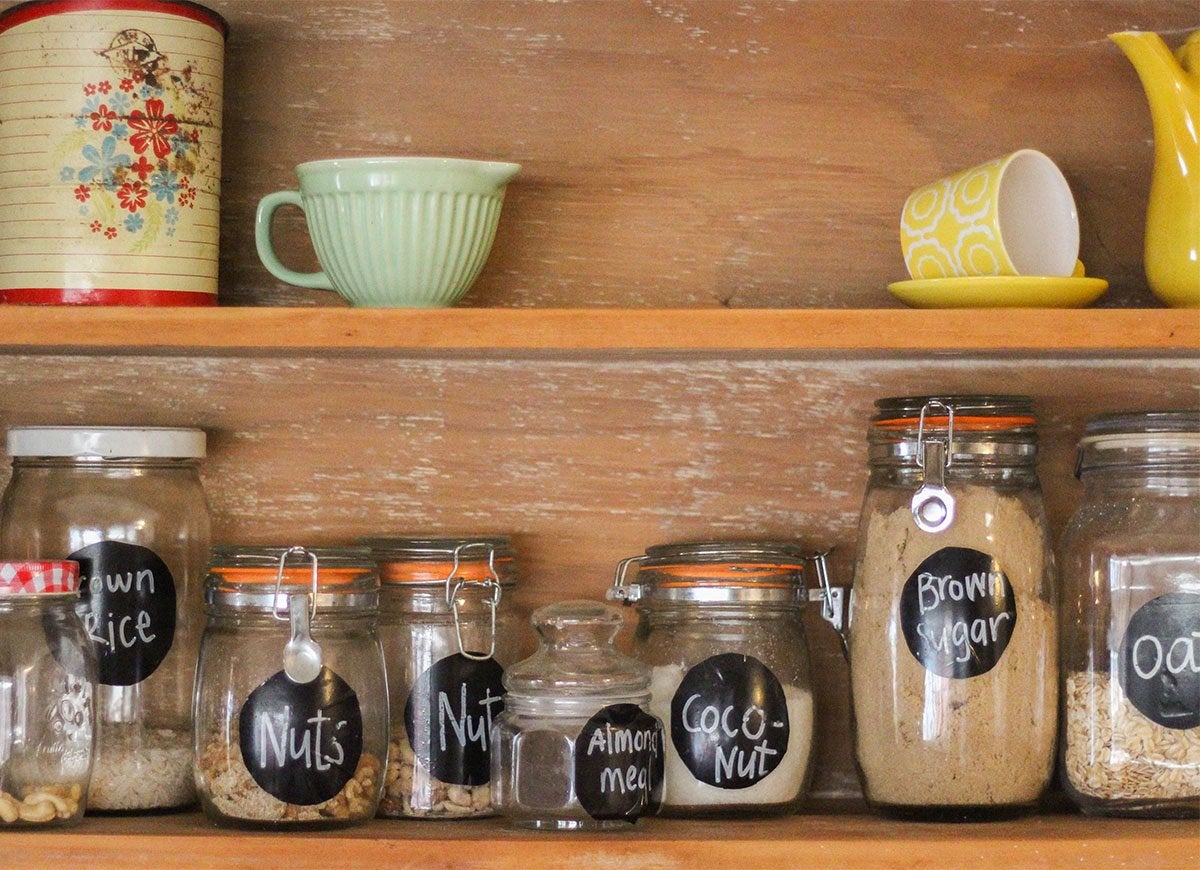
Routinely letting food spoil in the pantry may be bad for your wallet, but it’s a great way to spawn mold. Eliminate the risk by getting rid of any old or expired foods and then wiping down the shelves with a natural cleaner that’s food-safe, such as warm, soapy water or a vinegar solution.
The Vegetable Drawer
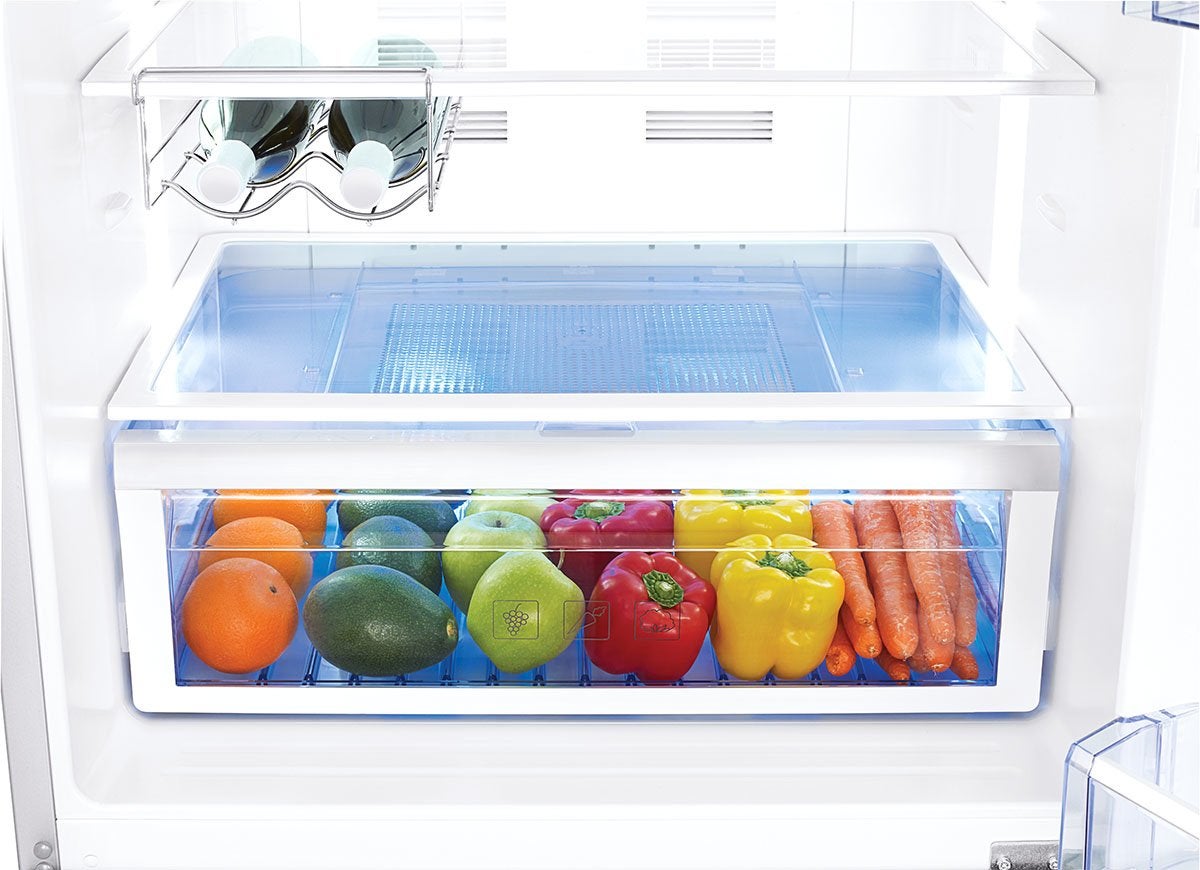
The combination of aging produce and moisture from the fridge can turn the vegetable drawer into a playground for mold—the opposite of what you want to get when you’re reaching for a healthy snack. Every few weeks, take out the crisper drawers to wipe them down with a mixture of a tablespoon baking soda and warm water to reduce the risk of mold growth.
Related: 15 Things Never to Put in the Fridge
Refrigerator Drip Pans
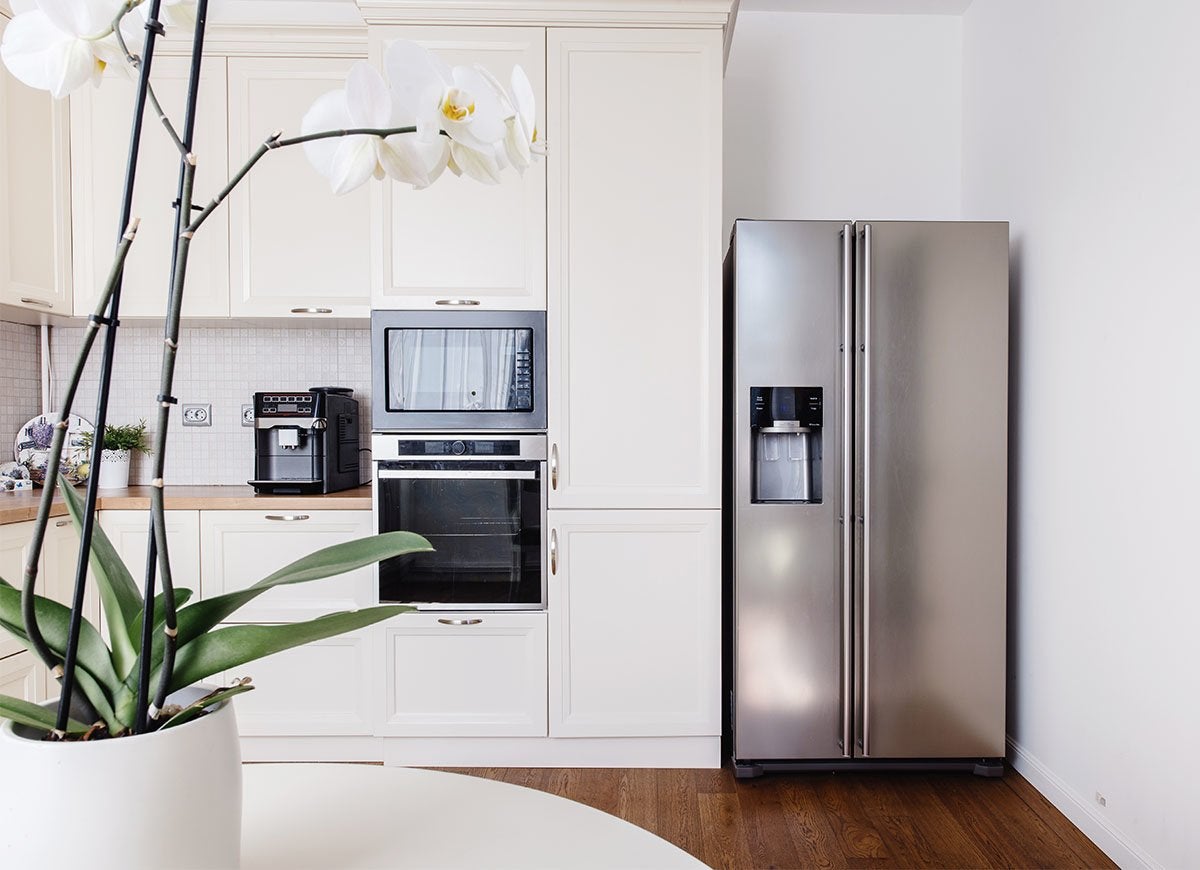
You rarely think about the drip pan underneath your fridge, but with all the moisture and food spills down there, mold is always a possibility. Once or twice a year, remove the drip pan, clean it, spray it with a solution of equal parts vinegar and water, and then let it dry completely before you put it back where it belongs.
On the Backsplash
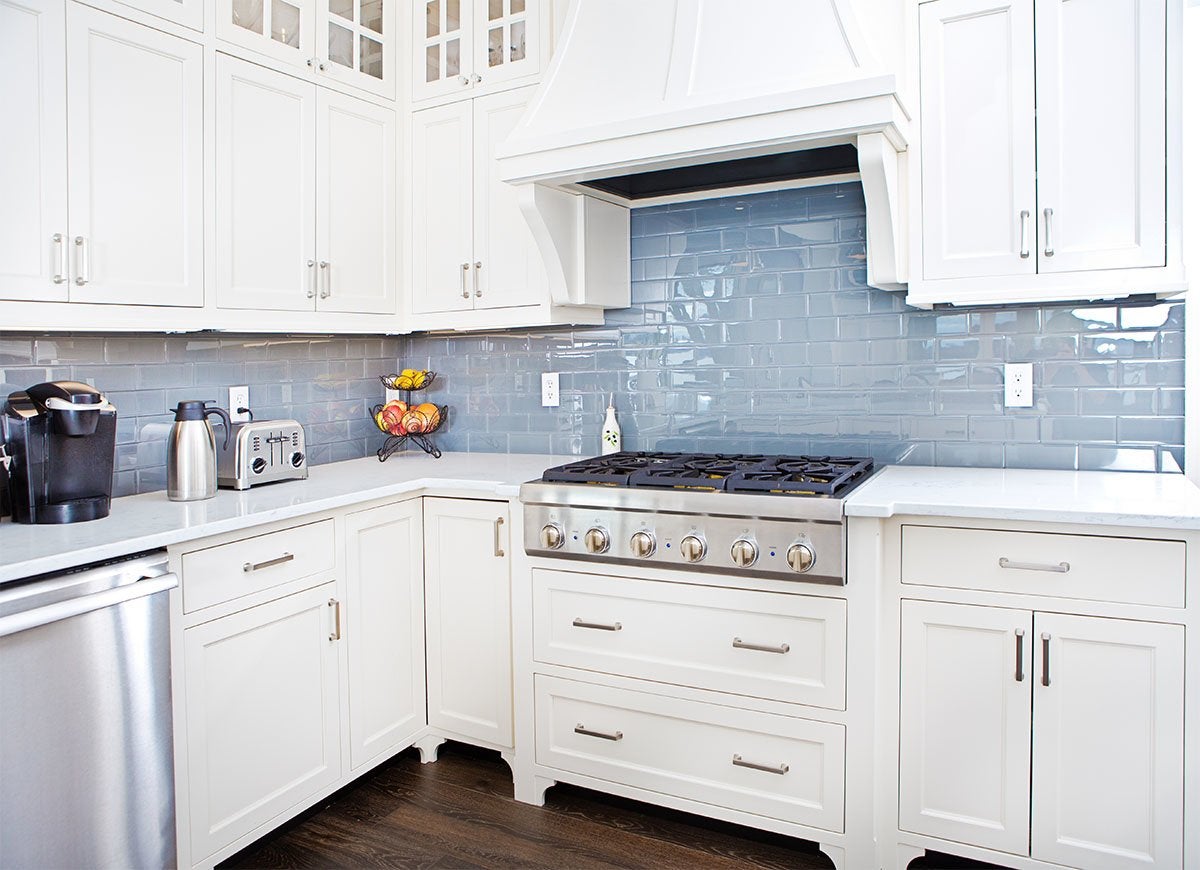
Even the most careful home chefs can splash moisture or food particles on the kitchen backsplash. This can ultimately lead to mold and mildew if left unattended, particularly on the grout. Keep your tile pristine and mold-free by regularly wiping down the backsplash and grout with a cleaning solution.
The Coffee Maker
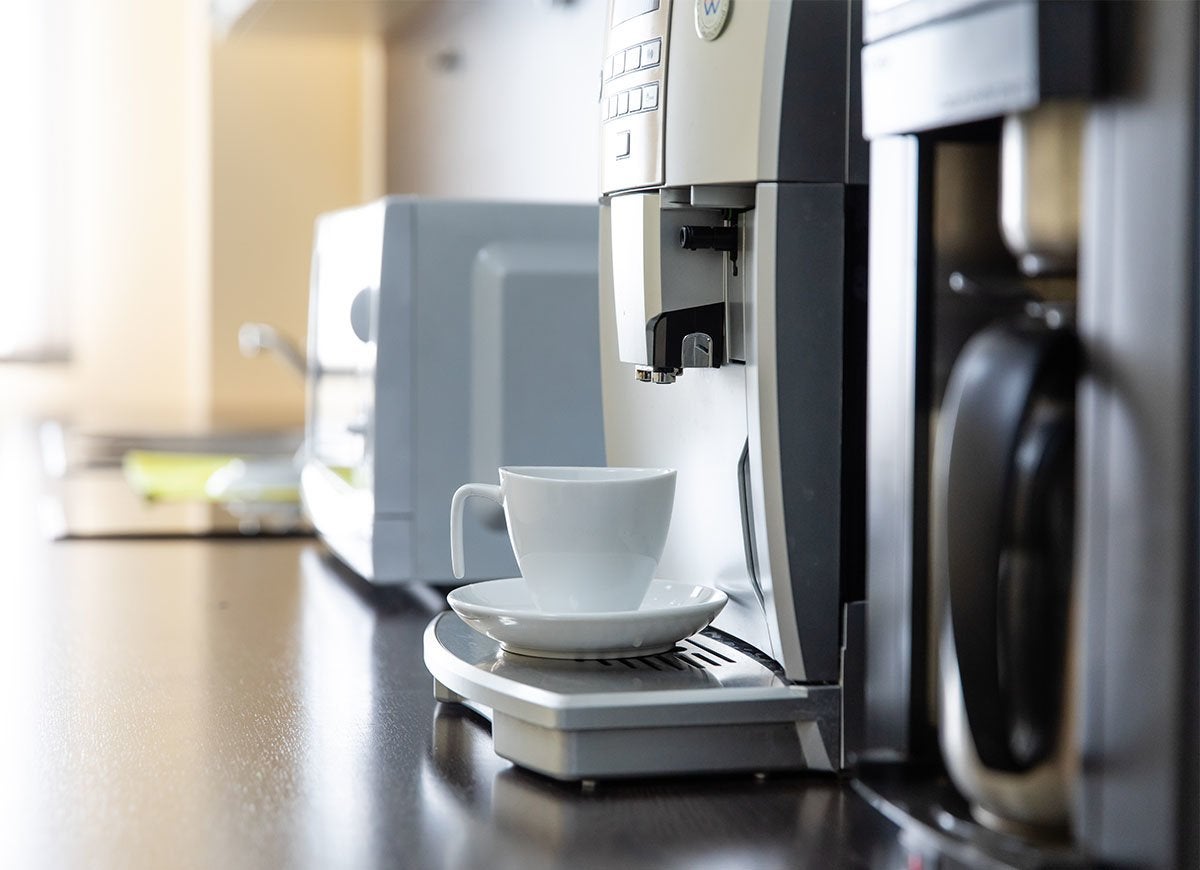
You probably take your coffee with cream or sugar—not mold and mildew. A 2011 NSF International Household Germ Study found that coffee reservoirs were some of the dirtiest places in the kitchen and could be a major source of mold and germs. To clean out your coffee maker, run a brew cycle with four cups of white vinegar, and then follow up with two cycles of fresh water to clear out the vinegar smell.
Related: 10 Things a Coffee Maker Can Do—Besides Brew Coffee
Underneath the Kitchen Sink
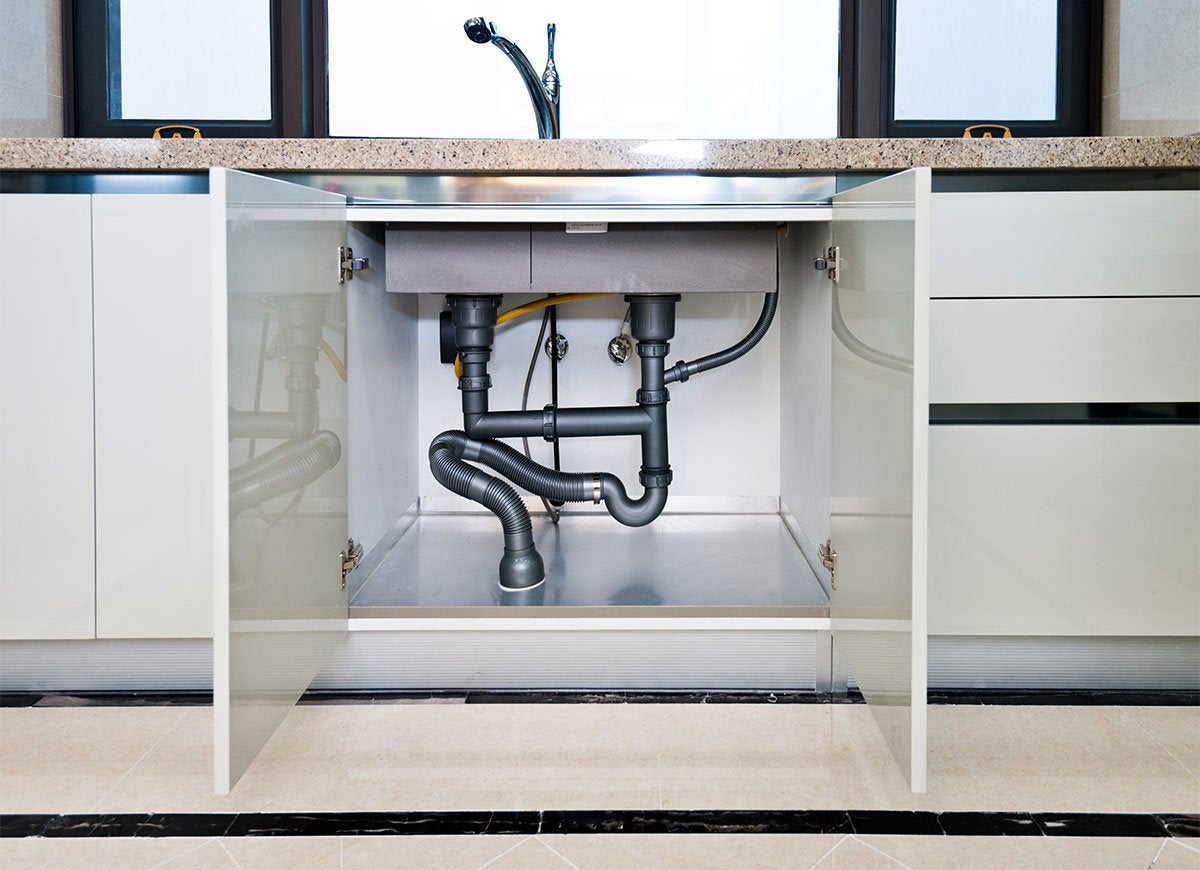
A leaky kitchen sink can be more than just an annoyance—it can also be a magnet for mold and mildew, thanks to the wet, dark environment down there. After you fix any leaks, clear the mold out by washing the wood with warm soap and water, then follow up with a disinfectant of chlorine bleach and water. Leave the cabinet doors open to let the area dry completely.
